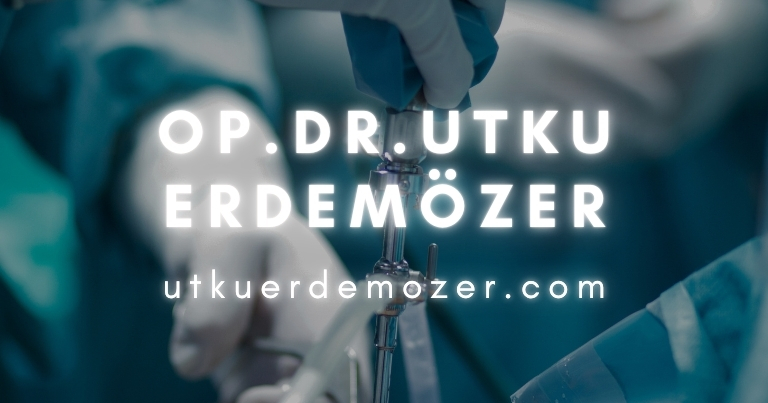Welcome to a new chapter in orthopedic care at Utku Erdemozer’s clinic, where cutting-edge techniques and personalized treatment plans come together to provide exceptional service to patients dealing with various musculoskeletal conditions. Our focus spans from knee patella dislocation to complex cartilage transplantation and hallux deformities, ensuring every patient receives the highest standard of care tailored to their unique needs.
Knee Patella Dislocation
Knee patella dislocation is a condition that often arises from trauma or structural abnormalities in the knee joint. This dislocation can be extremely painful and may cause considerable impairment to mobility. Early diagnosis is crucial for effective treatment, as recurrent dislocations can lead to long-term complications, including cartilage damage and subsequent arthritis.
Patients with knee patella dislocation often benefit from a comprehensive treatment plan. This might include physical therapy aimed at strengthening the muscles that support the knee, enhancing stability, and ultimately preventing future episodes. In some cases, cartilage transplantation may be required to repair damage caused by repeated dislocations, ensuring the knee can function efficiently.
Understanding the underlying causes of knee patella dislocation is essential for effective prevention and management. While some individuals might be more predisposed to this condition due to genetic factors or previous injuries, others can develop problems as a result of lifestyle factors. Regular check-ups with an orthopedic specialist can help identify risks and recommend appropriate interventions.
If you are experiencing symptoms of knee patella dislocation or have concerns regarding knee health, seeking expert medical advice is vital. The right treatment plan not only alleviates pain but also fosters a quicker return to daily activities and sports, enhancing overall quality of life.
Cartilage Transplantation
Cartilage transplantation is a cutting-edge procedure designed to restore function and alleviate pain in patients experiencing joint issues, particularly those related to knee patella dislocation. This innovative treatment involves the replacement of damaged cartilage with healthy tissue, significantly improving mobility and quality of life.
One of the key benefits of cartilage transplantation is its ability to heal damaged joints without the need for extensive surgical intervention. By utilizing the patient’s own cartilage or donor tissue, the risk of rejection is minimized, ensuring a smoother recovery process. Patients can expect not only enhanced joint function but also a notable decrease in pain levels associated with hallux deformity and other related conditions.
Additionally, cartilage transplantation has shown promising results in clinical studies, leading to long-lasting improvements in joint health. As a minimally invasive procedure, it allows for quicker recovery times, enabling patients to return to their normal activities sooner.
For anyone struggling with joint pain or seeking solutions for knee-related issues, this advanced technique could be a game-changer. Don’t let cartilage damage hold you back; explore the advantages of cartilage transplantation and reclaim your active lifestyle today.
Hallux Deformity
Hallux deformity, commonly referred to as bunions, is a condition that affects the big toe, causing it to angle inward toward the second toe. This misalignment can lead to significant discomfort and pain, impacting mobility and overall quality of life. If left untreated, hallux deformity can result in arthritis and difficulties in finding suitable footwear.
Key Benefits of Treatment
- Pain Relief: Effective treatments can help alleviate discomfort, allowing for improved daily activities.
- Improved Mobility: Correcting hallux deformity can restore normal function to the big toe, enhancing balance and stability.
- Enhanced Appearance: Many individuals seek treatment to improve the aesthetics of their feet, gaining confidence in their appearance.
Available Treatment Options
Depending on the severity of the condition, treatment options for hallux deformity may range from non-surgical methods such as physical therapy and orthotic devices, to surgical interventions designed to correct the alignment of the toe. It is important to consult with a specialist to determine the most suitable approach for your individual needs.
Take the Next Step
If you are struggling with hallux deformity and its associated challenges, don’t hesitate to reach out for help. Our dedicated team is ready to provide tailored treatment options that can significantly improve your quality of life. Contact us today to schedule a consultation and take the first step toward a pain-free future.
